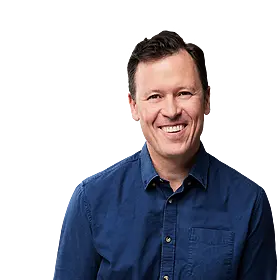The dire state of the nation's pensions system was put firmly back in the spotlight last week, as Aviva Insurance's Mind The Gap report showed the veritable gulf between the income we'll need post-retirement and what is actually being put away.
It found that the cost of bridging it would be over €1,000 per month in additional savings.
On top of that, a mere 47% of Irish workers are putting money into a private pension.
With that ominous information in mind, a solution is clearly needed and ti could come in the form of a universal pension scheme.
To talk about how New Zealand has had much success with such a model, Susan St John, an associate professor at the University of Auckland and the co-director of its Retirement Policy and Research Centre, joined Newstalk Breakfast this morning.
St John began by discussing the "very good tier-1 scheme" New Zealand offers, which is the pension that everybody gets.
"It's not contributor and it forms the basic income floor on which people can have supplementary saving."
As for the Irish equivalent...
"I'm horrified at your first tier," she said.
"It's so complicated. I went through 40 pages of how it works and it just seems to be really, really difficult.
"But also, you've got 160,000 employment-based schemes, some of them seem to be of very dubious quality. It's difficult to monitor and control them, individuals probably don't understand them.
"So you're a long way from being in the position that we are in New Zealand."
So what should the country be looking at?
"Now the supplementary saving scheme that Ireland is looking at is KiwiSaver. That is a work-based programme.
"People contribute 3%, the employer contributes 3% and that is accumulated and taken as a lump sum to supplement the state pension."
"I'm thinking New Zealand is way ahead," she said when comparing the two countries.
"We have something that is so simple and so clean.
"People understand it. They know what they're getting and then over and above that, they can being a scheme...
"Everyone can belong, people on benefits can belong.
"Everyone has it in their own name, they take it with them when they change employment so you're not locked into a particular employer's scheme and also it's controlled and monitored very well."
People are enrolled in the automatically, people allowed to opt out, though St John said the number that do is "fairly low".
"You can go on contributions holidays so that if you find that it's too much," she explained. "There's flexibility built in."
"So it's an extremely flexible, simple to understand, easy to monitor and control and regulate, scheme."
New Zealand's Inland Revenue collects the payments from the employer and gives it to the provider of th employee's choosing. St John called this administration "hugely valuable" as it means you don't lose your pension no matter how many times you change employment.
Overall, she believes Ireland can learn from the example set in the Southern Hemisphere.
"I think you can, she concluded. "Every country has its own history, its own institutions, but there are things we can do and I think New Zealand is a good model."









